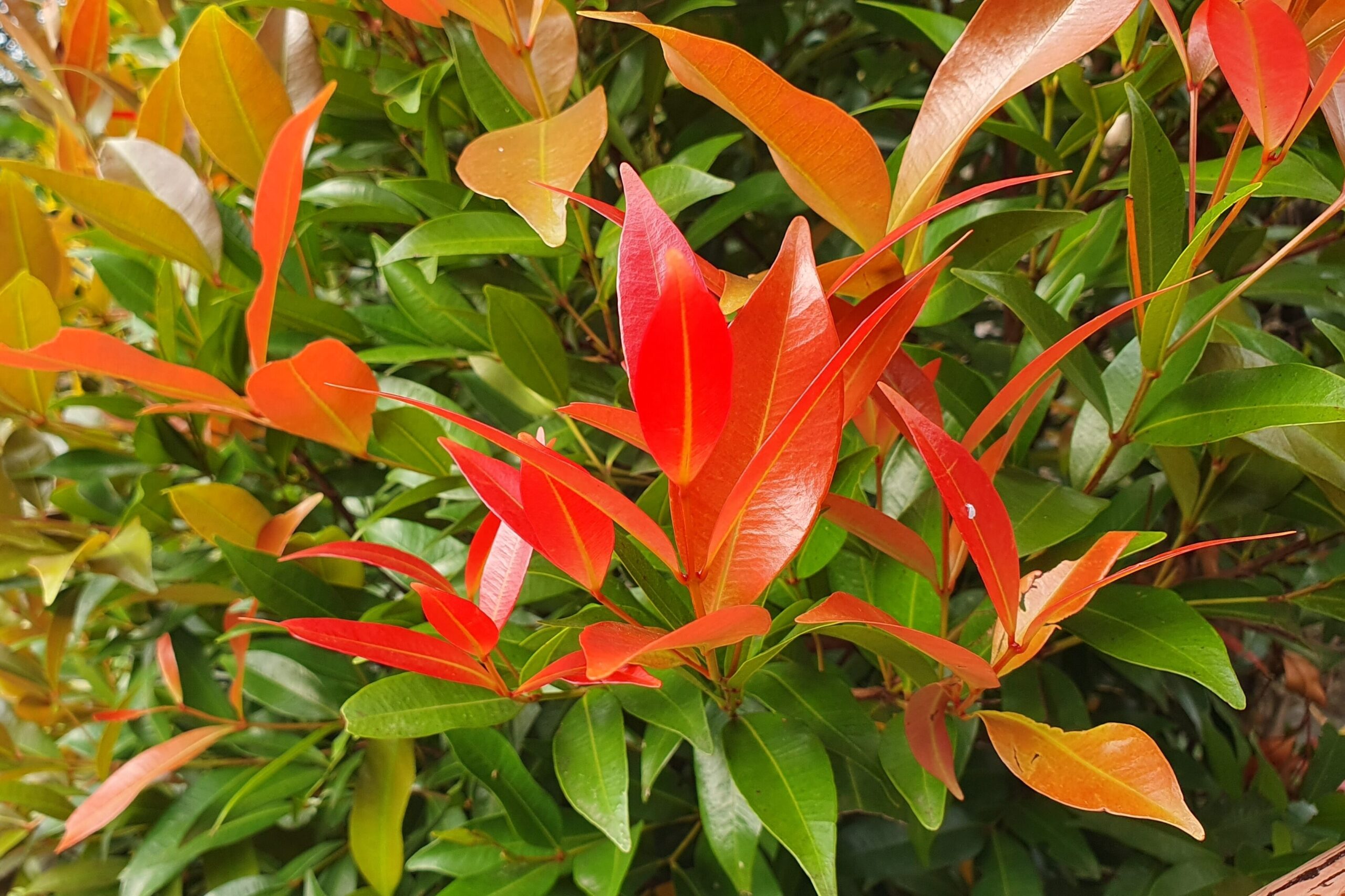6 Aussie Christmas trees that are better than the traditional pine

UPDATED DECEMBER 2024
As the days get longer and the cicadas begin to hum their merry tunes, Australians know Christmas is just around the corner. But not all Australians are aware of the many different varieties of native plants that are waiting to be strung with tinsel and lights, and turned into your very own living Christmas tree.
Added benefits include indoor air-purification, preservation of native plant species, reduction of waste in the form of dead pine trees and plastic tree alternatives, and the possibility of adding some native flora to your backyard post-Christmas time. You can even nurture your native tree and keep it healthy and strong, ready for next Christmas.
We’ve put together a list of the best native Australian trees to transform into your Christmas tree this festive season.
1. Norfolk Island pine
Araucaria heterophylla

The Norfolk Island pine tree is perhaps the most similar to the standard Christmas tree in appearance, with its conical form and evenly spaced branches. You may have seen it growing along the coast as it thrives in deep sand and has a high tolerance of salt and wind. However, the young trees are also very suitable for the indoors and are often grown in pots as houseplants.
These trees are perfectly suited to Australian climates as they suffer in prolonged periods of cold. They prefer bright, mostly indirect light, and require little maintenance, surviving indoors for years until too big and ready to be planted outside. A fully grown Norfolk Island pine tree can grow up to 35m, but will take many years to reach that height.
2. Wollemi pine
Wollemia nobilis

Commonly referred to as the ‘Dinosaur Tree’, fossil evidence suggests the Wollemi tree existed between 200 and 100 million years ago, and once covered the whole of Australia. Botanists and archaeologists widely believed this species to be extinct – that was until 1994, when they were discovered in a small temperate rainforest area north-west of Sydney, since named Wollemi National Park. The pines reproduce by cloning themselves, so a single individual tree can live for thousands of years. Wollemi pines are among the rarest and most ancient species of tree on Earth.
With their iconic conical shape and pendulous branches, the Wollemi pine is ideal for hanging Christmas decorations. And once Christmas is over, you can transfer your potted Wollemi to your balcony or plant it in your backyard to enjoy your little piece of ancient history all year long.
3. South Esk pine
Callitris oblonga

Found in eastern Tasmania, the South Esk pine tree is another one of 11 species of conifer native to Australia. It is a small evergreen tree with upward-angled, extremely dense branches and bluish-green foliage. In the bush, they typically rely on fire to open up and release seeds, however if the fires are too hot or frequent they will not survive. Due to their dependent yet sensitive relationship with fire, and the fact that they are only found in specific areas of Tasmania that are now largely cleared for agriculture, the South Esk pine has been listed as a Nationally Endangered Species.
To protect this unique native plant and its natural habitat, the South Esk Pine Reserve was established in 1998. The reserve covers 6.8ha, in an area 175km North East of Hobart, and is owned by the Palawa Indigenous people.
These trees are a great option to use as a Christmas tree, as introducing them into our homes helps secure the longevity of the species for future generations. A fully grown tree will reach about 6m.
4. Woolly bush
Adenanthos sericeus

Standing out for its silvery foliage with a soft, velvet-like texture, is the Woolly bush, native to the south coast of Western Australia. This plant is particularly popular to use as a Christmas tree as its grey-green colour seems to resemble a light snow covering, which is often associated with a European Christmas.
The Woolly bush grows into a 1m to 5m-tall shrub, ideal for growing in a pot and using as an indoor feature plant, even after the Christmas period has been and gone. Alternatively, you could plant it outside, where its red-orange flowers will attract native birds to your backyard.
5. Geebung
Persoonia pinifolia

The Geebung is affectionately known as the ‘Australian Christmas tree’ due to its pine-tree-like leaves and its yellow flowers which bloom each year around Christmas time. The Geebung thrives as a garden plant or in a medium to large pot, both indoors and out. A fully grown Geebung can grow up to 4m tall, however regular pruning can ensure it stays at your desired Christmas tree height for years.
Once planted in the garden, your Geebung will attract a wide variety of birds and mammals all throughout the year. From mid-summer to autumn, bright yellow flowers cover the plant, followed by round fleshy fruit, which are even fit for human consumption once they turn a deep reddish purple in winter.
6. Bush Christmas lilly pilly
Syzygium australe

Lilly pillies are ideal for the new-age Christmas celebrant who doesn’t mind if their tree won’t actually resemble a traditional Christmas tree. And what better Australian native to introduce to your home at Christmas time than the lilly pilly – or better yet, that of the Bush Christmas variety.
Lilly pillies are well known for their small, violet-pink edible berries, which have been eaten as bush foods by Indigenous Australians for centuries. The Bush Christmas lilly pilly produces its fruit in the warmer months, just in time for Christmas, covering itself with dainty little baubles and relieving you of decorating duty. Without regular pruning, the Bush Christmas lilly pilly will reach up to 6m tall. They thrive in pots in sunny locations, and can even be used as part of a hedge.





